Did You Know? the Aye-Aye is one of the most unique and misunderstood creatures in the world. This strange-looking primate hails from Madagascar and has often been labeled as The Harbinger of Death due to its eerie appearance and unusual behavior. But there’s more to this fascinating species than meets the eye!
Did You Know Key Facts About the Aye-Aye.
- Scientific Name: Daubentonia madagascariensis
- Habitat: Madagascar’s rainforests
- Diet: Insects, fruits, and nectar
- Distinct Features: Long skeletal fingers, large eyes, and bushy tail
- Lifespan: Up to 20 years in captivity
- Conservation Status: Endangered
Aye-Aye: A Primate Like No Other
The Aye-Aye primate is a type of lemur, though it looks nothing like its relatives. Unlike most primates, Aye-Ayes have continuously growing teeth, much like rodents, which they use to gnaw through tree bark in search of food.
One of its most striking features is its elongated middle finger, which it uses for a specialized hunting technique called percussive foraging. It taps on trees to find hollow spots where insects might be hiding, then uses its long, bony finger to extract them.
Did You Know? The Aye-Aye’s “Cursed” Reputation
In some cultures, the Aye-Aye is considered an omen of death. Malagasy folklore suggests that if an Aye-Aye points its long finger at someone, misfortune will follow. Sadly, this superstition has led to widespread hunting of these harmless creatures.
However, conservationists are working hard to change this perception and educate local communities about the ecological importance of the Aye-Aye primate.
The Aye-Aye’s Bizarre Feeding Habits
Unlike other primates, the Aye-Aye has a highly specialized diet. It uses its unique middle finger for:
- Tapping on trees to detect insects
- Gnawing through bark to reach grubs
- Scooping out fruit and nectar
This technique is similar to how woodpeckers forage, making the Aye-Aye a rare example of a primate with such a feeding strategy.
The Harbinger of Death or a Forest Protector?
Did you know research has revealed the Aye-Aye’s vital role in Madagascar’s ecosystem. They help control insect populations and contribute to seed dispersal, making them crucial for rainforest health.
Despite this, habitat destruction and superstitions continue to threaten Aye-Aye populations. Conservation programs, like breeding efforts in zoos and wildlife reserves, aim to protect these fascinating creatures.
A Future for the Aye-Aye
To protect the Aye-Aye primate, conservationists emphasize:
- Educating local communities about their ecological benefits
- Protecting Madagascar’s rainforests
- Establishing breeding programs to increase population numbers
By understanding and appreciating the Aye-Aye, we can help change its reputation from a feared omen to a celebrated survivor!
The Mystery of the Aye-Aye’s Sixth Finger
Did you know that the Aye-Aye has a hidden sixth digit? This tiny, thumb-like structure helps them grasp branches more effectively. It’s a rare adaptation among primates and showcases just how uniquely evolved this species is for life in the trees. Scientists believe this extra digit plays a crucial role in their movement and survival, making them even more fascinating!
Aye-Ayes and Their Role in Biodiversity
Did you know Aye-Ayes are key players in maintaining the health of Madagascar’s forests. By feeding on insect larvae that burrow into trees, they prevent the spread of tree diseases. Their diet also makes them natural pest controllers, contributing to the balance of the ecosystem. Without them, certain insect populations could surge, negatively impacting plant life and other animals that share their habitat.
Aye-Ayes and Their Unique Nocturnal Adaptations
Did you know being nocturnal creatures, Aye-Ayes rely heavily on their large, sensitive eyes to navigate in the darkness of Madagascar’s forests. Their keen sense of hearing also helps them locate insects beneath the bark. Unlike many other primates, Aye-Ayes spend almost their entire lives in the trees, rarely descending to the ground. This arboreal lifestyle allows them to avoid predators while thriving in their natural habitat.
Did you know The Role of Conservation Centers in Saving Aye-Ayes
Several wildlife conservation centers and zoos around the world have taken in Aye-Ayes to help with breeding programs and public education. These centers provide safe environments where Aye-Ayes can reproduce and live without the threat of poaching. Additionally, raising awareness about their importance in the ecosystem helps combat the myths that have led to their persecution.
What Do You Think?
Would you be scared if you saw an Aye-Aye in the wild? Or do you think this misunderstood primate deserves more love? Let us know in the comments!
Liked what you read ? Support Us On Instagram, X, Pinterest and YouTube.
Wanna Say Something about animals ? Contact Us.
Visit Our Store
Did You Know? Series
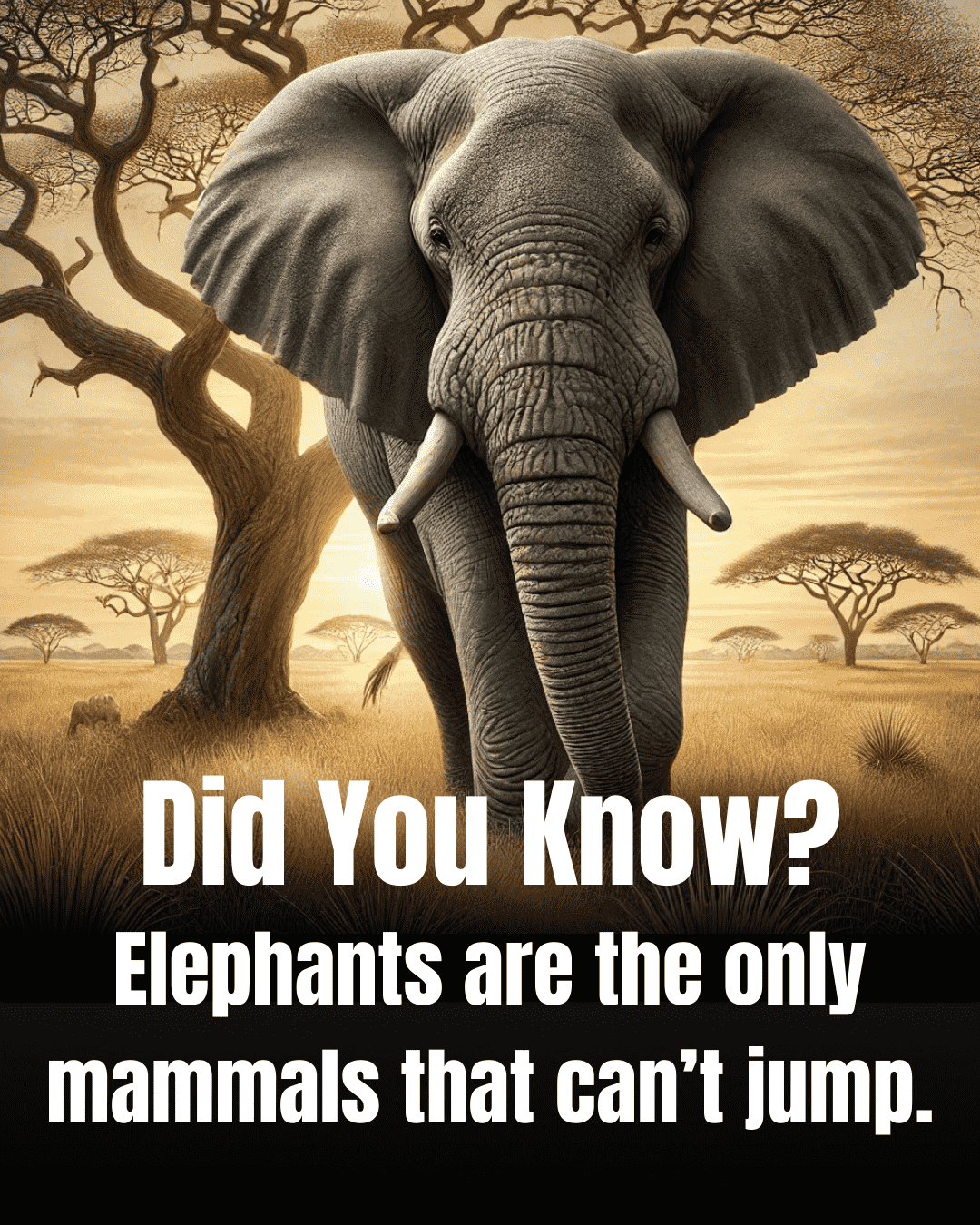
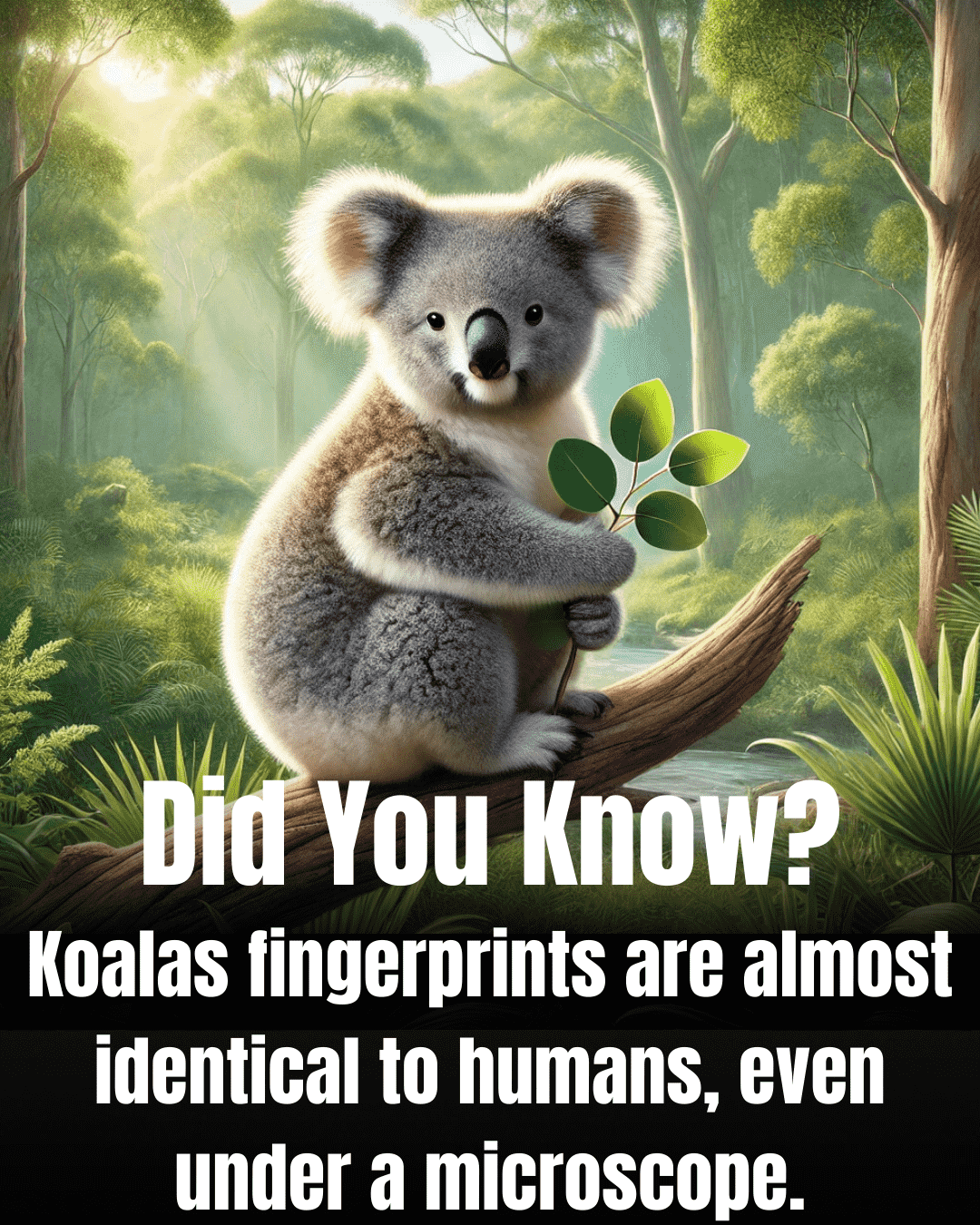
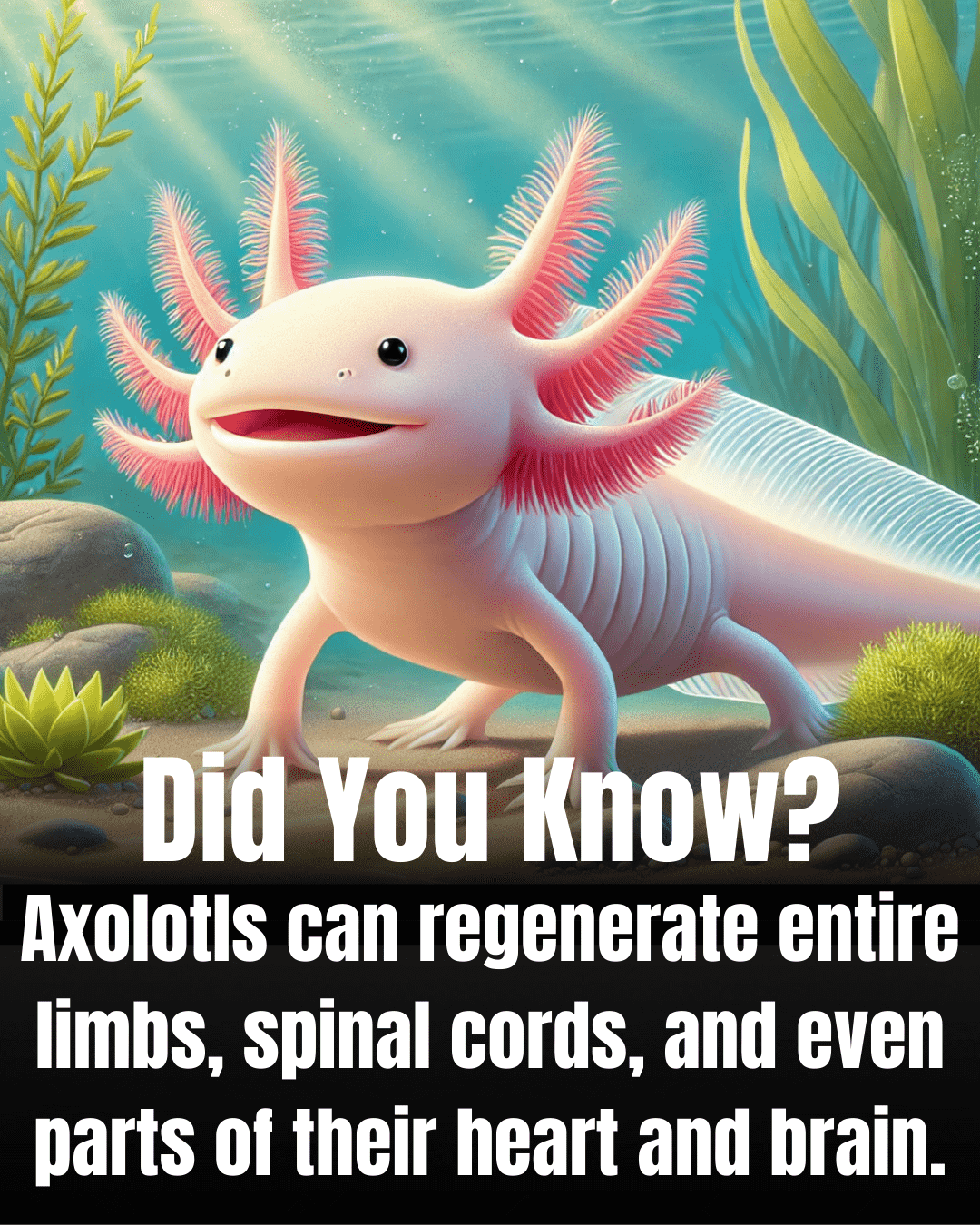
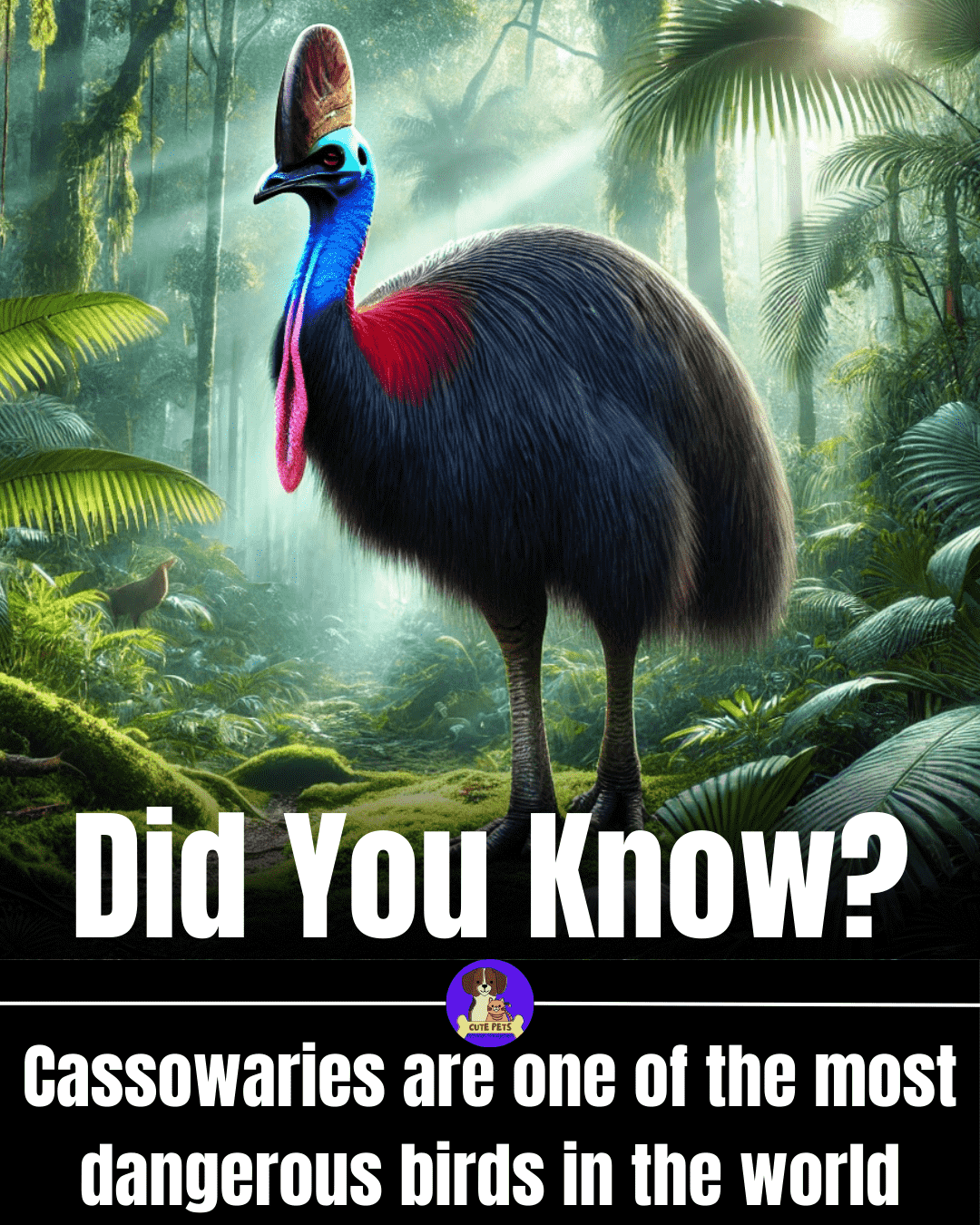
Learn About Animals !
For Daily Rescue Stories!
Latest On PetNarianPets
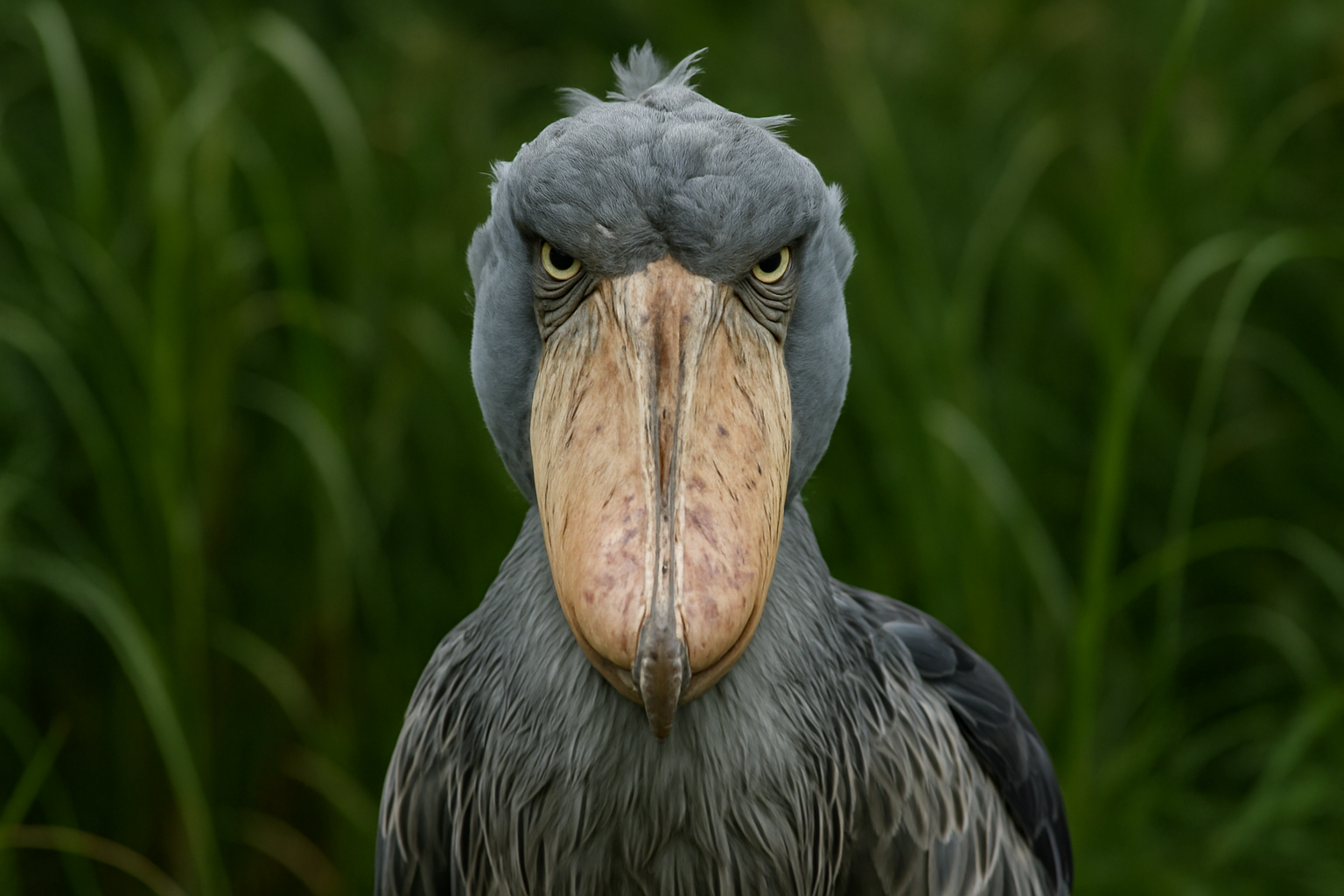
These are the Top 05 Scariest Birds that haunt the wild skies terrifying, fierce, and downright creepy, they’re the most

In the dense rainforests and wetlands of Central and South America, there lives a creature so elusive that many people

Colossal Biosciences, a Texas-based biotech company best known for its mission to "de-extinct" the woolly mammoth, has now turned its

The Fossa stands out as a creature of mystery and awe. Sleek, agile, and built for the wild, this fascinating

The Maned Wolf is one of the most unique creatures in the animal kingdom. With its long legs, fox-like face,
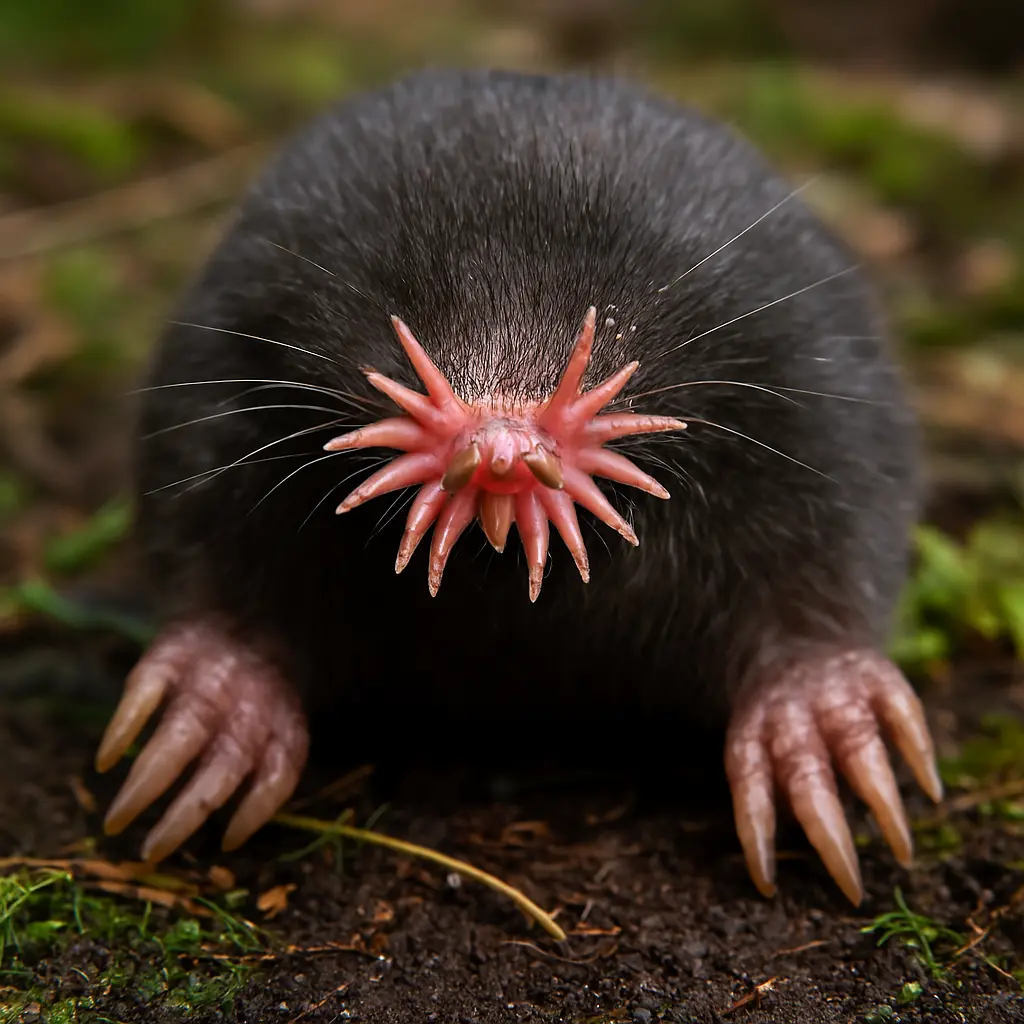
The animal kingdom is full of fascinating creatures, but few are as unique as the star nosed mole. This extraordinary

Earthquakes strike without warning, causing chaos and panic. While people rush to safety, our pets often face the most danger.

Did You Know? the Aye-Aye is one of the most unique and misunderstood creatures in the world. This strange-looking primate

Animal Abuse Investigation Leads to the Rescue of 22 Animals in Colleton County Animal abuse remains a serious issue worldwide,

Muntjac deer, often called the "barking deer," are among the most unique and mysterious members of the deer family. With
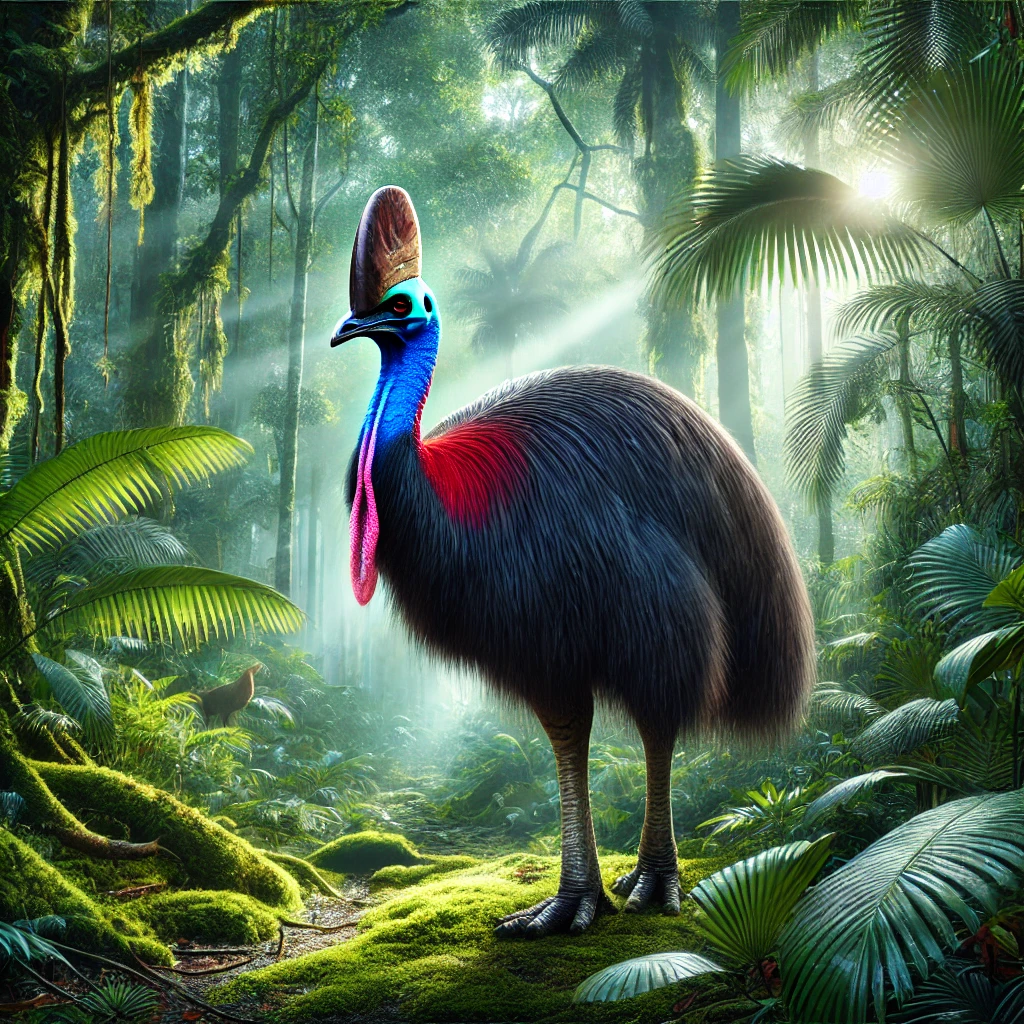
We’re exploring the fascinating world of the cassowary—an extraordinary bird that continues to surprise and inspire. Whether you're wondering, “are

Did You Know? Butterfly with their stunning wings and transformative life cycles, captivate our hearts and inspire us every day.













